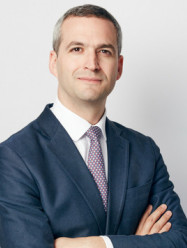BibTex format
@article{Kanneganti:2023:10.11622/smedj.2022014,
author = {Kanneganti, A and Tan, BYQ and Nik, Ab Rahman NH and Leow, AS-T and Denning, M and Goh, ET and Hao, Lim LJ and Sia, C-H and Chua, YX and Kinross, J and Tan, M and Tan, LF and Wan, YM and Sharma, A and Danuaji, R and Komal, Kumar RN and Sheng, CK and Kheng, CP and Abdul, Karim SS and Abdul, Ghani MN and Mahmud, S and Chan, YH and Sharma, VK and Sim, K and Suat, Ooi SB},
doi = {10.11622/smedj.2022014},
journal = {Singapore Med J},
pages = {667--676},
title = {Safety attitudes, burnout and well-being among healthcare workers during the COVID-19 pandemic: an Indo-Pacific regional cross-sectional study.},
url = {http://dx.doi.org/10.11622/smedj.2022014},
volume = {64},
year = {2023}
}

